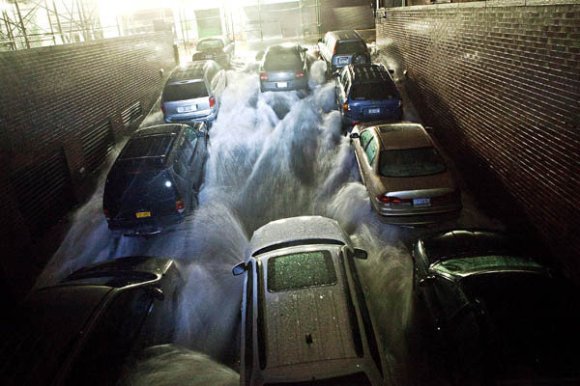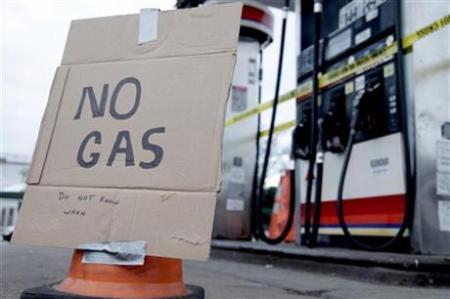The recent Superstorm Sandy caused much damage in it’s path; both physical and psychological.
We, on Eastern Long Island, while losing some homes in Wainscott and Quogue, along with some of our most beloved dunes in Sagaponack and Bridgehampton, were fortunate to not be in Sandy’s direct path. Seeing the heart-wrenching interviews with families to the south and west of us who lost everything was sobering and made me embarrassed to have spent one minute belly-aching about the tree that fell on my car and broke off the passenger-side mirror and the few days that I spent without electricity.
( Mario Tama / Getty Images / October 30, 2012 )
The impact to New York City, which includes Manhattan, Brooklyn Queens and oft-forgotten Staten Island was too close to what those mega-disatster movies on NatGeo have been showing for the last several years…how did they know? Why didn’t we do anything to defend ourselves against this? Should we re-build?
( Andrew Burton / Getty Images / October 29, 2012 )
With schools, businesses, public transportation and electricity for hundreds of thousands shut down for a week, the economic impact is tremendous…and will be tallied for some time to come.
And if Sandy wasn’t enough, while recovery is underway, the current gas shortage in the Northeast and the approaching Nor’easter set to arrive this week are like a 1-2-3 punch. No wonder so many are walking around like zombies and much non-essential business and travel are on hold.
(AP Photo/Seth Wenig)
Aside from making some tough choices about rebuilding for individuals, politicians in cities, states and the Fed will need to make tough choices about infrastructure spending (ala Holland) in the days ahead. From what I hear, some Europeans are looking at what happened as unnecessary and a result of our short sighted political myopia that leaves us reacting to the disasters we know will happen, rather than planning to prevent them.
Building safety codes will be strengthened, making home and building construction more expensive and insurance companies will react to this event with no mercy, cancelling policies and raising premiums to pay for the outlay they will have from this storm and to mitigate future losses. Global warming advocates will say “I told you so” and will push their agenda to limit the burning of fossil fuels use of chemicals harmful to our environment even more vigorously.
What will be interesting will be to see the shift in the real estate market. After 9/11/01, there was a large migration to the suburbs from Manhattan. Shaken and terrorized, thousands moved to what they considered to be less vulnerable areas. What are considered safer areas after Sandy? Higher ground? Interior homes? Newer construction? Will generators become as common place as the flat-screen TV?
Time will tell, but the draw of the sea is powerful and our memories are short. For every homeowner that leaves their waterfront home, there are several willing to take their place, which is why oceanfront, bay front and harbor front homes sell at such a premium. Let’s all agree to take steps to make them safer and to use good judgement during serious storms. They’re not worth losing our lives for.
Michael Daly photo




1 comment
November 5, 2012 at 10:08 pm
mauirealtors
Michael, it has been eye opening to see th damage that NYC has endured due to Sandy. Being from the East Coast, I know well the New Yorker spirit – one o perseverance and compassion. It may take years, but it will be rebuilt, bigge and better. It will be very interesting to see how the real estate market reacts – both short term and long term.